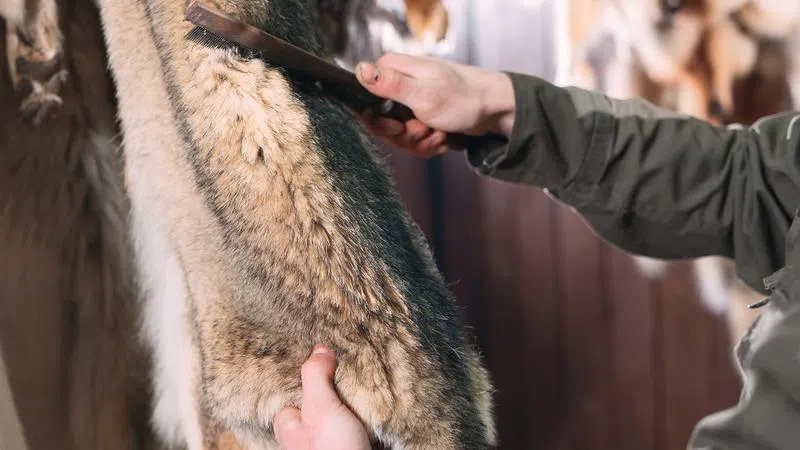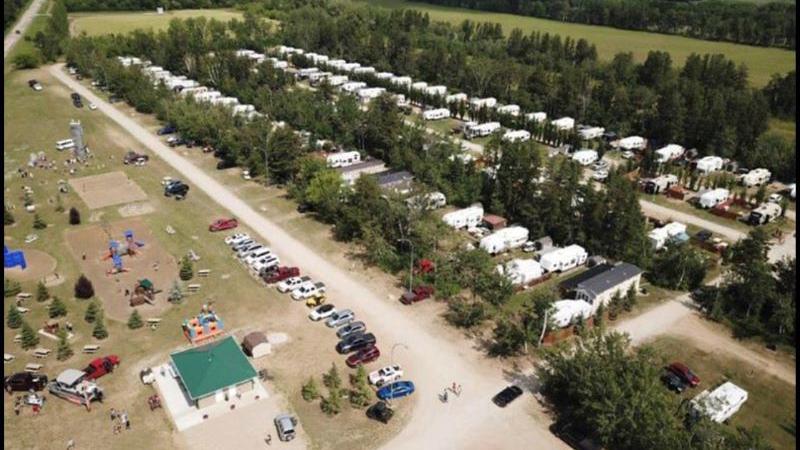
Coyotes cash cows for Sask. trappers
Saskatchewan fur trappers are anticipating another strong year thanks to a healthy coyote population and a continued demand for prairie pelts worldwide.
“I anticipate at this early stage in the season, that we will probably see harvest levels similar to the last few years which have been up from the long-term average,” Fur and Problem Wildlife Specialist Mike Gollop from the Ministry of Environment, said
Last year, coyote fur made up the bulk of fur sales in the province bringing in a record $4.6 million, with the majority of coyotes being harvested in southern Saskatchewan. There is no limit on the number of coyotes that can be trapped and although they can be harvested throughout the year, most trappers are just starting their seasons which will continue until mid February.
“We’re boasted here as having some of the world’s best [coyote pelts] and it has to do with the heaviness of the fur and the size of coyotes and the colour of coyote as well,” Wrangler Hamm, president of the Saskatchewan Trappers Association, said.


